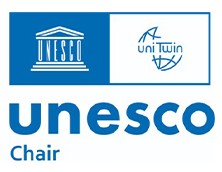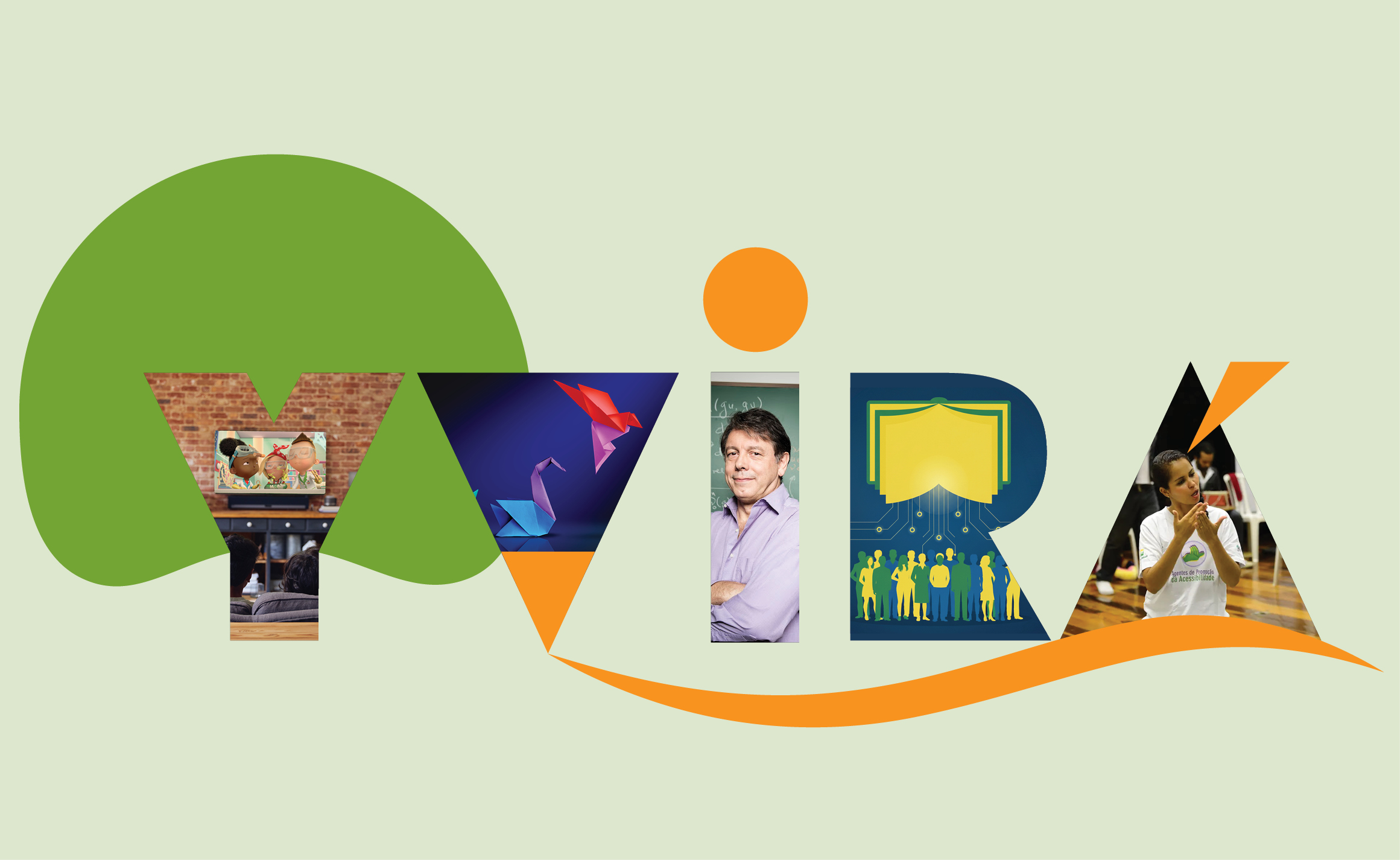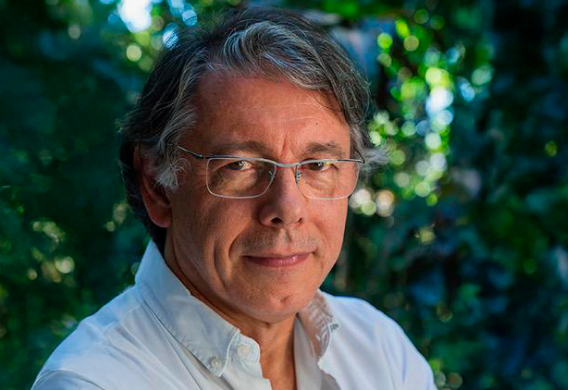Roberto Lent
Federal University of Rio de Janeiro
D’Or Institute for Research and Education
Unesco Chair in Science for Education
“In Education, this relationship between scientific research and education has advanced, but it has not yet been consolidated in most countries in the world, even the most developed ones.”
“There are several obstacles to building this bridge: on the one hand, many scientists are not concerned with developing lines of research that are translational for education and pedagogy, and they often view educators in the school environment with a certain arrogance.”
“Mankind deserves a boost in building the bridge between Science and Education: that it be quick to benefit current and future generations of children, that it be efficient in doing so in a short time, and that it be equitable to benefit not only developed countries.”
Roberto Lent
Universidade Federal do Rio de
Janeiro
Instituto D’Or de Pesquisa e Ensino
Cátedra Unesco de Ciência para
Educação
Educational policies and innovative pedagogical practices have a better chance of success if they are based on scientific research that establishes bridges with education
PHOTO: MARCELO CAMARGO/ AGÊNCIA BRASIL
If you are reading the expression “Science for Education” for the first time, you will probably interpret it as related to the teaching of science in schools, or perhaps to scientific dissemination for students, teachers and even the lay public. No, that is not what the expression means. It is about scientific research that establishes bridges with education, that is, looking at it the other way around, educational policies and pedagogical practices based on scientific evidence.
The word “bridge” is very appropriate, as it means that these two icons of human civilization must communicate, interact and influence each other, for the benefit of both. Bridges like this are well built and active in Health and Engineering, for example. It is impossible to defeat a pandemic without science having studied it, understood its causes, symptoms, modes of transmission and everything else, to indicate ways of prevention (vaccines, in this case) and mitigation (treatment of symptoms).
In the same way, it is impossible to build an airplane without all the physical details of air navigation being mapped, and without the composition of the materials needed for flight being well known. In Education, this relationship between scientific research and education has advanced, but it has not yet been consolidated in most countries in the world, even the most developed ones.
There are several obstacles to building this bridge: on the one hand, many scientists are not concerned with developing lines of research that are translational for education and pedagogy, and they often view educators in the school environment with a certain arrogance. On the other hand, teacher training at universities gives exclusivity to the humanities and social sciences and does not consider the contributions of other scientific disciplines, such as neuroscience, mathematics and statistics, biology and physics, among many others, as relevant.
However, the explosion of artificial intelligence and its educational uses and disuses is a creation of data scientists. Pedagogical policies and practices for the inclusion of people with special needs depend on evidence obtained by neuroscientists, neuropediatricians, psychologists and others. Countless other examples could be listed, and some of them are included in the book commemorating the 10th anniversary of the National Science Network for Education.
If you are reading the expression “Science for Education” for the first time, you will probably interpret it as related to the teaching of science in schools, or perhaps to scientific dissemination for students, teachers and even the lay public. No, that is not what the expression means. It is about scientific research that establishes bridges with education, that is, looking at it the other way around, educational policies and pedagogical practices based on scientific evidence.
“In Education, this relationship between scientific research and education has advanced, but it has not yet been consolidated in most countries in the world, even the most developed ones.”
The word “bridge” is very appropriate, as it means that these two icons of human civilization must communicate, interact and influence each other, for the benefit of both. Bridges like this are well built and active in Health and Engineering, for example. It is impossible to defeat a pandemic without science having studied it, understood its causes, symptoms, modes of transmission and everything else, to indicate ways of prevention (vaccines, in this case) and mitigation (treatment of symptoms).
In the same way, it is impossible to build an airplane without all the physical details of air navigation being mapped, and without the composition of the materials needed for flight being well known. In Education, this relationship between scientific research and education has advanced, but it has not yet been consolidated in most countries in the world, even the most developed ones.
There are several obstacles to building this bridge: on the one hand, many scientists are not concerned with developing lines of research that are translational for education and pedagogy, and they often view educators in the school environment with a certain arrogance. On the other hand, teacher training at universities gives exclusivity to the humanities and social sciences and does not consider the contributions of other scientific disciplines, such as neuroscience, mathematics and statistics, biology and physics, among many others, as relevant.
However, the explosion of artificial intelligence and its educational uses and disuses is a creation of data scientists. Pedagogical policies and practices for the inclusion of people with special needs depend on evidence obtained by neuroscientists, neuropediatricians, psychologists and others. Countless other examples could be listed, and some of them are included in the book commemorating the 10th anniversary of the National Science Network for Education.
“There are several obstacles to building this bridge: on the one hand, many scientists are not concerned with developing lines of research that are translational for education and pedagogy, and they often view educators in the school environment with a certain arrogance.”
Assessment instruments
Strategically, innovative educational policies and pedagogical practices have a greater chance of success if they are based on translational scientific research. These actions that managers and educators propose may be based on brilliant intuitions, but their results will only be known after a few years of practical application. It is a risky bet. Assessment instruments that provide this retrospective knowledge are already an achievement in many countries and at international levels.
On a global level, for example, the PISA (Program for International Student Assessment) test is well known, administered every 3 years in around 70 countries. Countries in the so-called Global South, especially Brazil, have had a deplorable performance in science, mathematics and reading for decades, far below the average of the countries evaluated, and even further away from the 10 leading countries. There has been a small increase, but so small that if it continues like this it will only allow us to reach the average in many decades.
Evaluating is obviously important, and countries that evaluate their education obtain tools to adjust their public education policies. Similarly, for example, when we evaluate the results of the ban on cell phones in classrooms in a few years, we will have important tools to maintain or correct this policy recently implemented in many countries. Again: it is a gamble.
But there is another type of translational research in education that differs from retrospective evaluations. It is a prospective approach, through which countries build a network of research institutions and scientists focused on education issues. For example: chronobiologists, scientists who study biological rhythms, such as sleep, already know that many human beings are evening people, a tendency accentuated by human civilization that creates abundantly well-lit nighttime environments and delays the onset of sleep. Many people go to bed late at night and tend to wake up later in the morning.
A minority are morning people: those who go to bed early and wake up early. The same proportions, of course, also occur with children, even more so when encouraged by digital tools that are easy to access at night (cell phones, again). Now imagine the difficulty most children have in learning, with classes starting at 7 a.m., many having to wake up two hours earlier for breakfast and transportation to school. Teachers will be dealing with half-asleep learners…
From this evidence about the sleep cycle comes the recommendation of scientists – already tried and tested successfully in some Brazilian schools and in some American cities – to delay the start of classes in the morning by one or two hours. There are difficulties in implementing this suggestion, of course, as with all the changes in policies and practices. One of them is the persistence of schools with two shifts, and the still incipient adoption of the single shift.
“Mankind deserves a boost in building the bridge between Science and Education: that it be quick to benefit current and future generations of children, that it be efficient in doing so in a short time, and that it be equitable to benefit not only developed countries.”
Underdevelopment and poverty
Another relevant example comes from economists and sociologists, who were able to monitor the social and individual outcomes over the years of adults who, as young children, had access to good quality education. This work was awarded a Nobel Prize in Economics in 2000. The researchers focused on people from a poor community in the United States who, in the 1960s, experienced a high-quality education project (Perry Pre-School Project).
The study demonstrated a high degree of social success among these children, who later became adults at age 40: higher rates of high school completion, better learning, higher salaries and lower crime rates. What’s more, the benefits extended to the children of these people. The recommendation that comes from this so-called “longitudinal” work, since it follows the same students over time, is that the educational and social investment with the greatest degree of success should be focused on early childhood. A virtuous example of translational research in education.
On the other hand, the use of scientific evidence – retrospective or prospective – in educational policies and practices should obviously not be considered a magical alternative for success. This is also because the evidence that science offers often presents great difficulties in applying in practice.
What I advocate here, and what we advocate in the National Network of Science for Education, is that, overall, we will reduce the risk of failure of public policies and increase the diversity of pedagogical alternatives offered to teachers and educators in general. UNESCO has recognized this possibility at a global level, both through the endorsement of this Chair of Science for Education that sponsors YVIRÁ and through the creation of international initiatives to foster the perspective of translational research in education.
Mankind deserves a boost in building the bridge between Science and Education: that it be quick to benefit current and future generations of children, that it be efficient in doing so in a short time, and that it be equitable to benefit not only developed countries, but mainly those that navigate the murky waters of these old but still so current words: underdevelopment, poverty, illiteracy…






